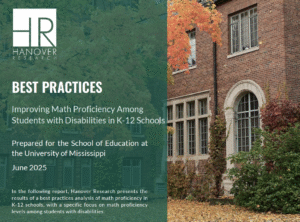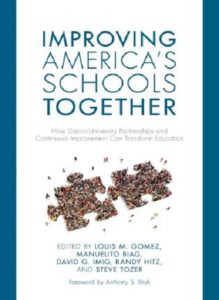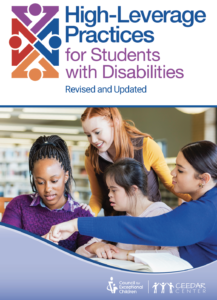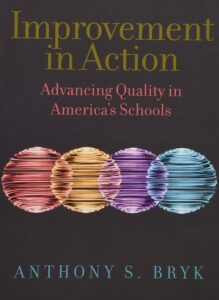Publications
Improving America’s Schools Together: How District-University Partnerships and Continuous Improvement Can Transform Education is the first definitive text on continuous improvement in school district-university partnerships, covering improvement methods, theory, research, and real cases across the United States with practical improvement tools that can be adapted to any setting.
High-Leverage Practices (HLPs) are a deceptively simple concept in the field of education. In this revised text, the High-Leverage Practices for Students with Disabilities (2nd Edition) are revised and updated to reflect the challenges of modern classrooms.
How a City Learned to Improve Its Schools
By Anthony S. Bryk, Timothy Knowles, Sharon Greenberg, Albert Bertani, Penny Sebring, Steven E. Tozer
April 2023
A comprehensive analysis of the astonishing changes that elevated the Chicago public school system from one of the worst in the nation to one of the most improved.
Improvement in Action, Anthony S. Bryk’s sequel to Learning to Improve, illustrates how educators have effectively applied the six core principles of continuous improvement in practice. The book highlights relevant examples of rigorous, high-quality improvement work in districts, schools, and professional development networks across the country.






